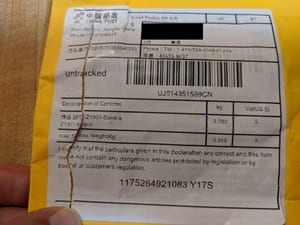Source: John Barker, Amanda Douridas, Ken Ford, John Fulton, Mary Griffith, Will Hamman, Elizabeth Hawkins
January 5, the first virtual Precision University event, is quickly approaching. Be sure to register today so you do not miss out on important information to help you improve spring performance. The 2021 focus is “Tackling Spring Operations with Reduced Working Days.” Speakers from around the country will share their research and experience centered on the challenges farmers face during spring with changing weather patterns.
January 5 – Gambling with Planting Decisions – Dr. Aaron Wilson (Ohio State University Extension) and Dr. Bob Nielsen (Purdue University). 1 CCA CM Credit.
January 12 – Improving Fertilizer Efficiency with the Planter Pass – Matt Bennett (Precision Planting Technology) and Dr. John Fulton (Ohio State University). 1 CCA PAg Credit
January 19 – Pre-season Crop Protection Decisions – Dr. Mark Loux and Dr. Scott Shearer (Ohio State University). 0.5 CCA PM and 0.5 PAg Credits.
January 26 – Sprayer Technology to Improve Field Performance – Dr. Joe Luck (University of Nebraska-Lincoln). 1 CCA PAg Credit.
There is no cost to attend Precision University, but registration is required. For more information or to register, visit http://go.osu.edu/PrecisionU. If you have any questions about the Precision U sessions, please feel free to contact Amanda Douridas (Douridas.9@osu.edu).










